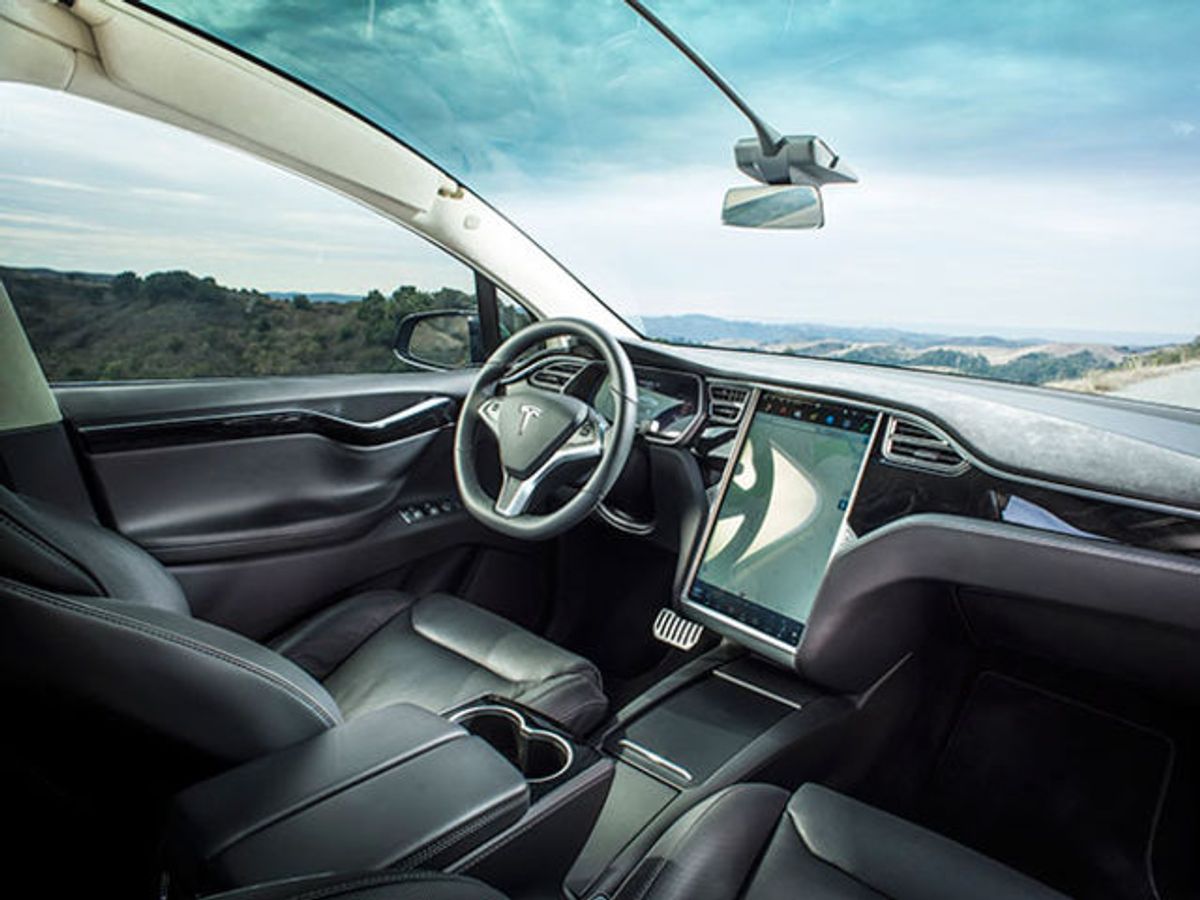A long-heralded update to Tesla Motor’s Autopilot has just been made available for download. First reports suggest that it’s as big a change in the semiautonomous driving system as Tesla CEO Elon Musk had promised.
One key element of the upgrade is making more use of the car’s existing radar capabilities, both to perceive the road in real time and to map it so that subsequent Tesla cars can distinguish earlier fixed features from new, perhaps threatening ones. Another key element is saving drivers from over-dependence on the software.
Either of those points might have saved the Tesla owner who died last May when his Autopilot, apparently unsupervised by the driver, drove into the side of a tractor trailer. That is the first fatality known to have been caused by a modern robotic driving system.
“We believe it would have seen a large metal object across the road,” Musk said in a conference call earlier this month, referring to the trailer. “Knowing that there is no overhead road sign there, it would have braked.”
(Another Tesla driver died in China in January, in a case now under litigation there, but it isn’t clear whether the Autopilot was operating at the time of the crash.)
Tesla’s preference for radar over lidar, the laser-ranging equivalent, makes the company a little unusual in autoland. Lidar has far better resolution—unlike radar it can see road markings and make out the shapes of signs and other things even at a distance.
Radar, however, is cheaper, more compact, and far better at seeing through rain and snow. And Tesla needs this immediate practicality because it’s incrementally raising the capability of its cars’ “advanced driver assistance systems,” or ADAS, to a fully self-driving level. By contrast, Google, Ford and Uber are aiming to produce a fully robotic car in one fell swoop. They now festoon their experimental cars with lidar in the expectation that it will become cheaper, smaller and more capable by the time that car is ready, five years (at least) from now.
Tesla’s Autopilot 8.0 goes further than ever to keep the driver’s eyes on the road. For instance, it will sound the alarm if your hand’s off the wheel, then does it with increasing insistance until, after the third time, the Autopilot will disengage for the remainder of the trip.
How far these changes will go to prevent accidents, small and large, remains to be seen. For now, though, the select reviewers who have been beta-testing the car say that it certainly drives in less machine-like way.
“It’s only human to want to give the truck a little more space and hug the outer edge of the lane,” writes Tom Randall in Bloomberg News. “With the upgrade, the car is beginning to act a little more human, adjusting its position in the lane to account for perceived threats from the sides.”
One ho-hum aspect of today’s upgrade would once have been the most striking thing of all: it’s all done through an over-the-air download. Tesla pioneered this trick, and now other automakers are following suit. Here Tesla has a built-in advantage over other car makers: it sells cars direct to the public, so upgrades can go straight to the customer without alienating a dealer network.
Philip E. Ross is a senior editor at IEEE Spectrum. His interests include transportation, energy storage, AI, and the economic aspects of technology. He has a master's degree in international affairs from Columbia University and another, in journalism, from the University of Michigan.



